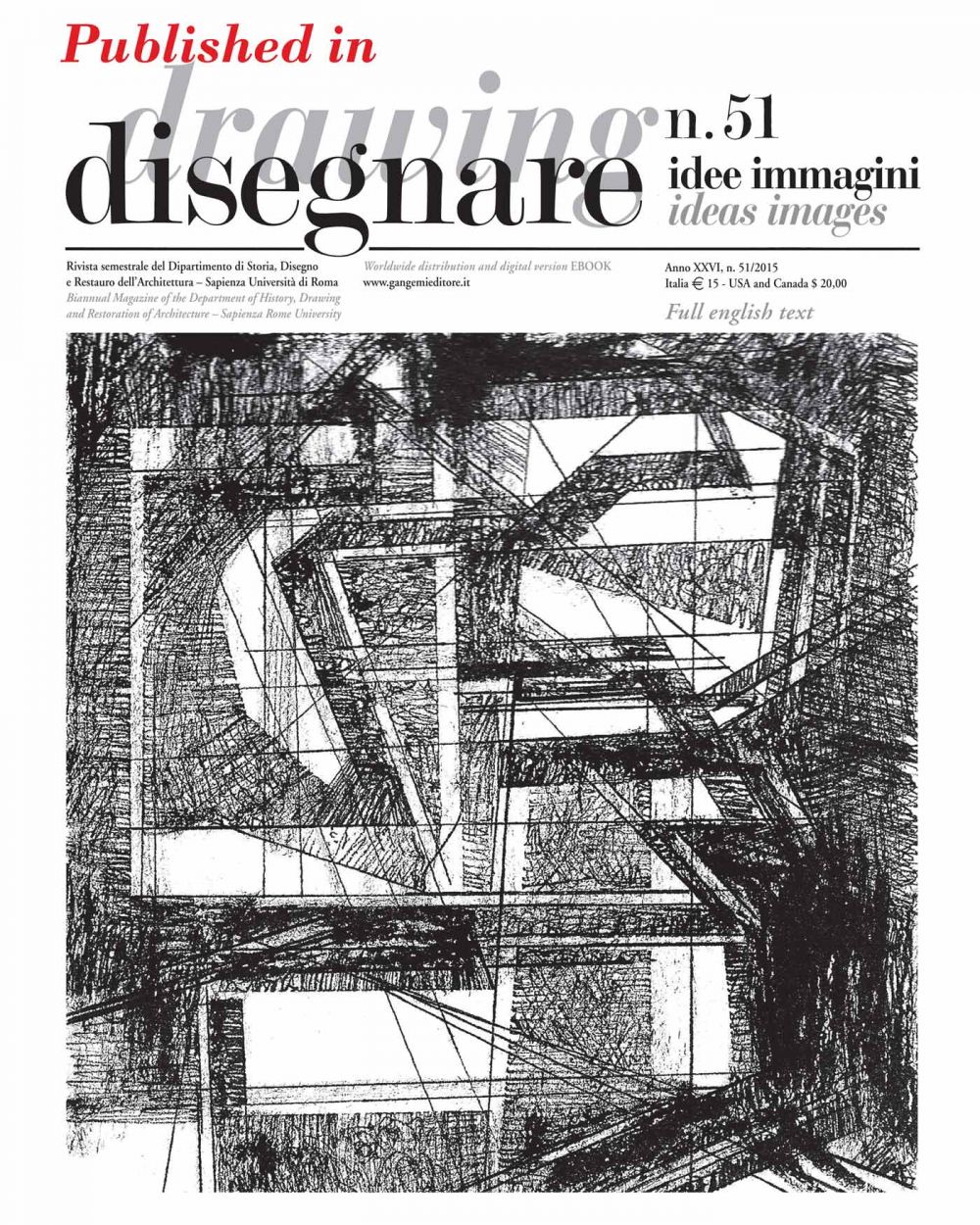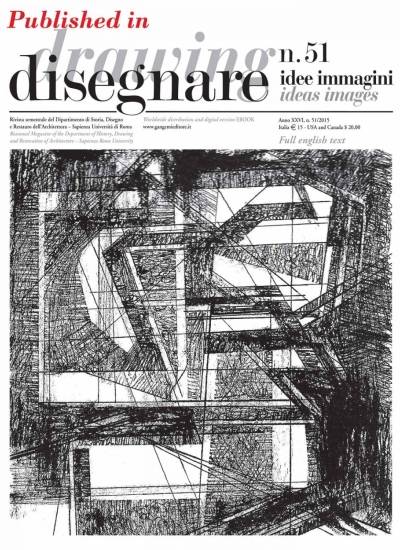Description
La rappresentazione simultanea degli spazi esterni e interni degli edifici storici permette agli studenti di architettura di comprendere meglio, più in profondità, l’organismo architettonico e di indagare un metodo di rappresentazione più complesso. Questo contributo si propone di suggerire in che modo il disegno, in quanto strumento, sia in grado di creare – mediante una rappresentazione simultanea degli spazi esterni e interni o ricorrendo a immagini “trasparenti”, quasi “radiografiche” – rappresentazioni capaci di mostrare in maniera ottimale i nessi strutturali nascosti e di rendere la relazione tra spazio e forma ancora più evidente di quanto di quanto non avvenga a occhio nudo o mediante il ricorso a una macchina fotografica. | The simultaneous representation of the interiors and exteriors of historical buildings enables architecture students not only to develop a better understanding of the buildings, but also acquire a more complex method of representation. This article shows how the medium of drawing can be used in the training of architecture students to create images, which – by way of the simultaneous representation of interior and exterior spaces – can reveal a great deal more of the hidden structural interconnections and relationship between space and form, with greater clarity than would otherwise be possible using cameras or the naked eye.




